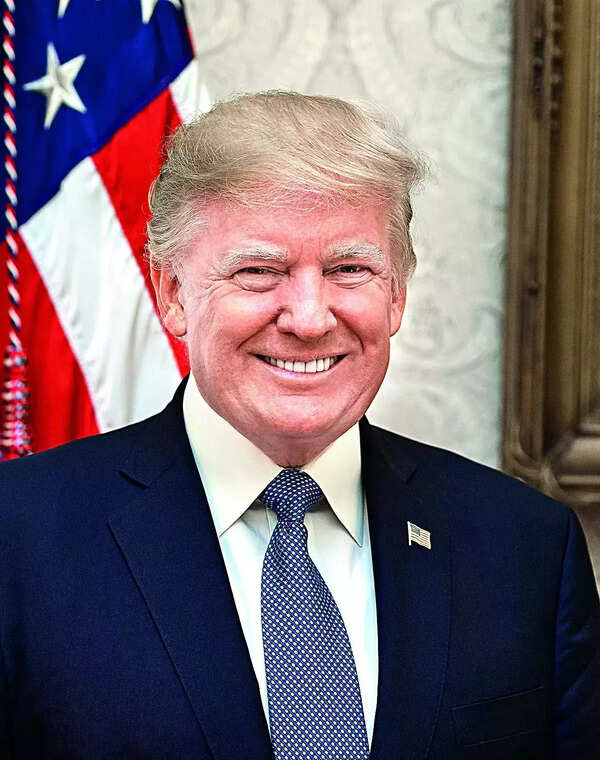Following the 27% tariff on Indian imports announced by the U.S, exporters across sectors have called for an early conclusion of the Bilateral Trade Agreement (BTA) with that country.
“Assessing the impact of the recently imposed 27% reciprocal tariffs by the U.S. on Indian exports reveals a nuanced scenario. While these tariffs do present challenges, India’s position remains comparatively favourable. For instance, Vietnam faces a 46% tariff, China 34%, and Indonesia 32%, placing India in a relatively better position than key competitors. Despite the tariffs, certain sectors in India, including apparel, gems and jewellery, leather, electronics, chemicals, plastics, and furniture, may experience a diversion of exports, potentially offsetting some adverse effects. The timely conclusion of a Bilateral Trade Agreement (BTA) between India and the U.S. is crucial to mitigate these tariffs and provide relief to Indian exporters,” said Ajay Sahai, Director General and Chief Executive Officer of Federation of Indian Exporters Organisation (FIEO).
Exports of marine products, carpets, advanced machinery, and medical equipment are likely to be impacted because the competing countries for these sectors have relatively lower tariff, he added.
Engineering exporters are not bullish on the impact of the tariff.
The Executive Director of EEPC India Adhip Mitra said the U.S. is the top destination for engineering exporters. In 2024-2025 from April to February, India exported $17.27 billion worth engineering goods, which is 8.3% more than the previous year.
“Our preliminary estimate is that engineering goods exports may drop by $4 billion to $5 billion annually in the first year. Going forward, Indian exporters should diversify to new markets to minimise the impact of the U.S. tariff. Indian export of steel and steel products, aluminium and products, auto components, electrical machinery and equipment and industrial machinery will be the worst hit. India should accelerate its efforts for trade agreements with the EU, U.K., Canada and the GCC. Strategic intervention will give relief to exporters,” he said.
The 27% tariff on Indian exports to the U.S. is expected to bring opportunities to the Indian textile and apparel sector.
“At present, the tariff announced by the U.S. presents an opportunity for India compared to its competitors in terms of better market access,” said Rakesh Mehra, chairman of the Confederation of Indian Textile Industry.
India exported textile and apparel products worth $10.5 billion to the U.S. in 2024, accounting to about 28.5% of India’s total textile and apparel exports. In the last five years, India has been a relatively preferred partner for the U.S. in this sector. The top 10 imported products by the U.S. from India account for about 40% of total textile and apparel imports by the U.S. from India and so far attracted an average tariff of 10.28%.
The reciprocal tariff of 27% for India, is comparatively lower than tariffs for other competitors : China (34%), Bangladesh (37%) and Vietnam (46%). The importers will look for cost competitive sourcing, thus presenting opportunities for India. While strategic engagement with the U.S. remains critical, the exporters should also focus on expanding into new destinations, he added.
According to Siddhartha Rajagopal, executive director of the Cotton Textiles Export Promotion Council, supply of garments and textiles to the U.S. from Asia will take a hit with the tariffs announced by the U.S. The fulcrum of production is likely to shift to south America, parts of Europe and Turkey in the short term. Labour-intensive Indian industries such as garments and home textiles should get a good deal in the proposed bilateral trade agreement between India and the U.S..
Mithileshwar Thakur, Secretary General of AEPC, said “It (the tariff) prima facie seems to be a case of India advantage for the apparel sector.” Vice chairman of the AEPC A. Sakthivel, however, cautioned that Turkey and Brazil, key competitors of India, will face a lower 10% tariff, becoming a more attractive sourcing option for USA buyers.
Chairman of the National Committee on Textiles of the Indian Chamber of Commerce, Sanjay K. Jain, said the U.S. will have to buy apparel from other countries and India will be cheaper compared with competing countries. The U.S. will not be able to scale up its production capacities in this sector immediately.
Prabhu Dhamodharan, convenor of Indian Texpreneurs Federation, said the tariff presents a medium to long-term opportunity to boost export volumes. The ongoing trade negotiations may further enhance India’s position, particularly if India offers zero-duty import of cotton in return for sector-specific benefits in apparel exports.
Published – April 03, 2025 10:17 pm IST



































